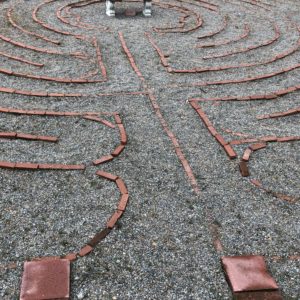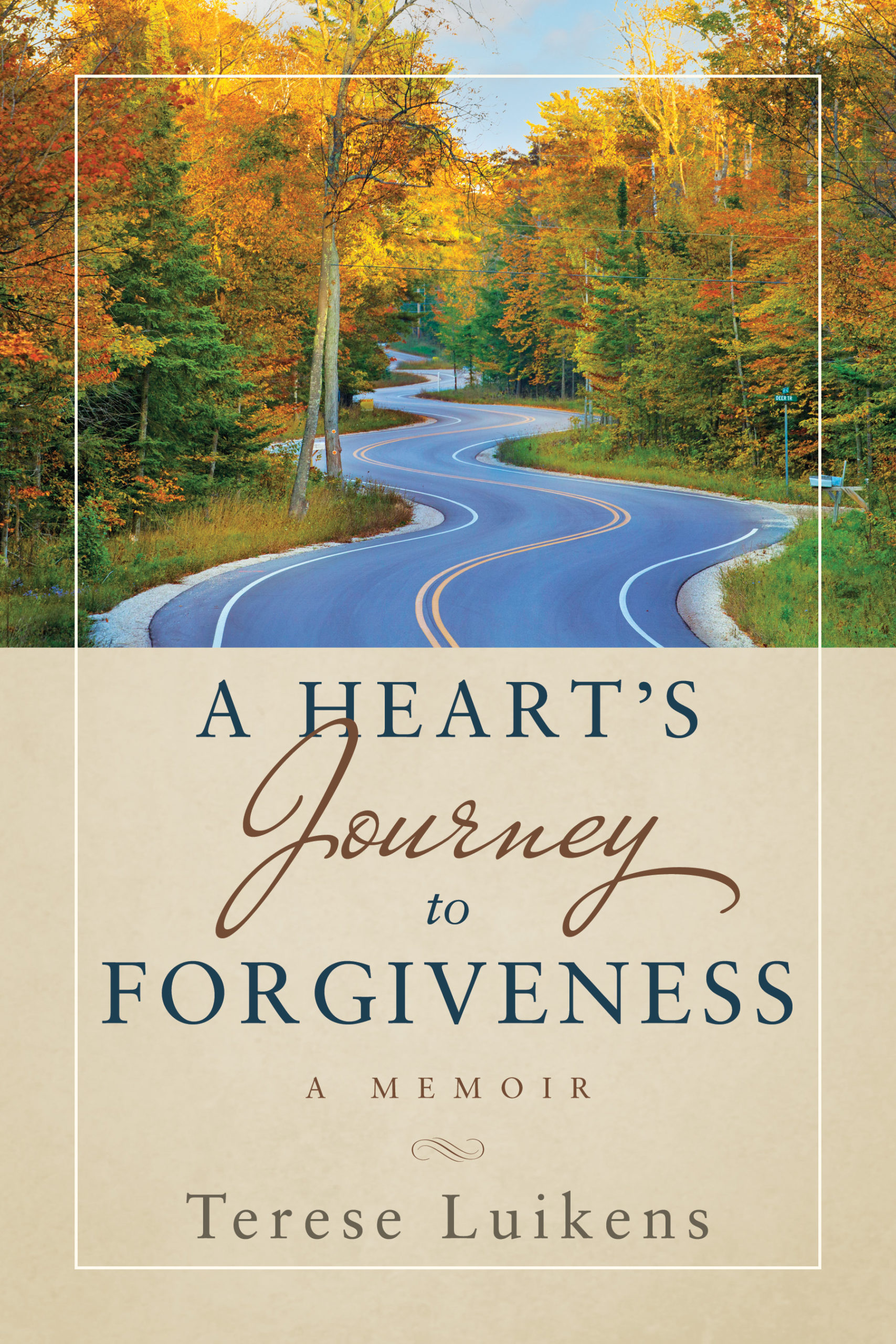Why Bother Taking a Slow Walk?

Why Bother Taking a Slow Walk?
My husband and I often wonder what we should do with the “extra” property we own. Our house sits on a large lot in town that measures close to an acre. Anyone else these days would divide the lot and build another house to sell or rent. But I don’t like the idea of sharing my space with anyone else. Yet at times we wonder.
In the past, when our sons were young, we grew a large garden in that “extra” space. They helped till the soil, plant the seeds, and weed out the weeds. The corn crop was so prolific that my young sons would load up their red wagon and deliver corn around to the neighbors. The garden was a fun and inexpensive family project until the city began to meter the water. Consequently, our fun became too expensive to maintain.
So we continue to wonder and bat ideas back and forth between each other. My husband occasionally talks about building a tiny house, one that we could rent out to tourists. I remind him that having strangers come and go that close in proximity is not an appealing thought to me. Then I counter with one of my own. “How about building a labyrinth?” I ask. He just shakes his head and smiles.
A Labyrinth?
I don’t remember why I first became interested in labyrinths, but once I did, the interest stuck. In my opinion, it would be ideal to have a labyrinth out my back door. Presently, if I want to take a slow meditative walk through a labyrinth, which I like to do on a fairly regular basis, I have to take a fast fifty mile drive to the next town south.
A labyrinth is not a maze. It does not have a number of pathways linked together. Instead, it is a single path, from entrance to center and back again. There are any number of labyrinth patterns with anywhere from 3, 11, to fifteen circuits. The pathway can be made of grass, gravel, dirt, stone or even canvas. They can be inside a church, or outside in a public park.
I’ve walked one painted on canvas, one inside a church, a stone pathway in a public park, a grassy one behind a church as well as a gravel path behind another church. They are not something that are necessarily advertised or commercialized. I’ve never stumbled across one, but have actually searched them out.
When I walk the path in a labyrinth, it is similar to the path I walk in life—there are lots of twists and turns and I sometimes wonder if I am on the “right”trail. But one thing is very different when walking the path in a labyrinth and that is my pace. A labyrinth forces me to walk slowly, to keep my eyes fixed on my feet and to concentrate. I don’t think about what is ahead, nor what is behind, rather I focus on just my present step. Sometimes a word might pop into my head—purpose, commitment, or trust and I ruminate on that one word. But my purpose for this slow walk is not to solve a dilemma, or to discover a profound insight. My purpose is to simply slow everything down—my breath, my thoughts and my movement. Walking a labyrinth is how I practice staying in the moment.
But so far, I will still have to travel those fifty miles to take my slow walk around a labyrinth because I’ve not yet convinced my husband how valuable it would be to have one in our yard.
Why bother taking a slow walk? Even if you have to travel to find a labyrinth, taking a slow walk around a labyrinth is worth the effort. Slowing down the breath, the mind and movement just might open up a whole new path in one’s life.
New Release
